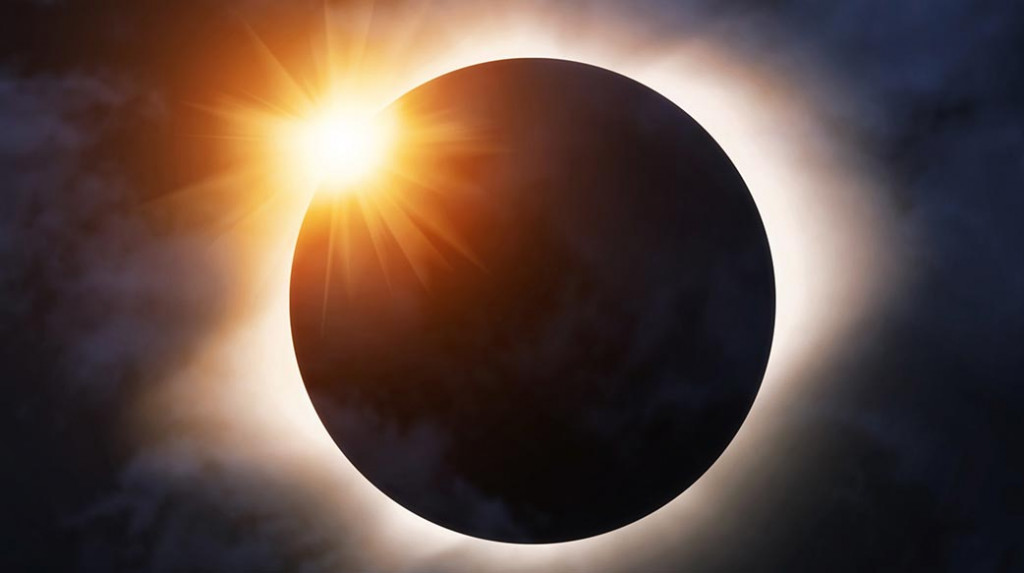Never look directly at a solar eclipse even for a second
New horizons of grassroots influence compiled by Joyce
Whether it is a partial solar eclipse, an annular solar eclipse, or a total solar eclipse, these rare astronomical phenomena will always attract the attention of countless people. However, in the excitement “Chasing the sun,” complete protective measures must be taken to avoid eye damage. Some injuries may even be irreversible for life.
Whenever the news media reports about the solar eclipse, most of them will remind the public not to look directly at the solar eclipse, but this warning is often laughed off by the audience. But maybe what this ophthalmologist has to say might change everyone’s minds.
If you watch a solar eclipse without goggles, you may run the risk of permanent injury. Ronald Benner, president of the American Optometric Association, said the worst thing you can do is look directly at a solar eclipse, even for just a moment. “When you’re watching a solar eclipse, the amount of radiation the sun emits actually burns the inside of your eyeballs,” Benner said. “It’s kind of like a sunburn, but it’s not really a sunburn. The burn actually affects the nerve tissue in the back of the eye, and it’s brain tissue. But unlike sunburn, once the tissue is damaged, it may be repaired or it may never recover.”
The correct term for “eclipse blindness” is solar retinopathy, which may impair vision. According to the American Vision Association, symptoms that people may experience after viewing the solar eclipse without proper protection include: loss of central vision, changes in color vision, and distorted vision. Benner added that the damage from eclipse blindness is not always apparent immediately, sometimes appearing four to six or up to 10 hours after the burn occurs, and then getting worse over the next few days. The damaged area may then recover within 6 days, it may recover within 6 months, but it may never recover.
So how do you safely watch the rare solar eclipse? Wearing suitable goggles is the safest and most important precaution. The American Vision Association says it’s actually not safe to view the eclipse with sunglasses, unfiltered telescopes, and polarizing filters. The American Astronomical Society stipulates that glasses or observers (including telescopes) used to view solar eclipses should comply with the requirements of ISO 12312-2.
“If you don’t meet these requirements, even the darkest sunglasses won’t protect your eyes,” Benner says. If you don’t have enough eye-safe goggles, Benner suggests instead using them through videos or on social media or TV. It is safer to watch the solar eclipse images online.
In addition, Benner specifically reminded parents to pay attention to how their children watch the solar eclipse to avoid causing irreparable damage to their children throughout their lives.
Reference:
Don’t look directly at a solar eclipse for ‘even a split second’ without proper protection, optometrist says
